January 12- April 21st, 2013 be sure to check out The Charleston Museum’s ‘Hunt & Habit’ exhibit. Currently in the museums Historic Textiles Gallery, the exhibit is showing fine equestrian pieces from the 19th and early 20th century.
Riding, hunts, and equestrian events have been popular pastimes for elite society throughout Charleston, South Carolina history. Men and women donned special attire to emulate the English styles. Side-saddle was very popular for most women in conservative circles. This fabulous traditional equestrian exhibit features several women’s habits including riding coats, english style lace-up leather riding boots, riding crops, and riding helmets. If you love history, textiles, and horses… this is sure an exhibit not-to-miss. It’s fabulous to see how equestrian style has evolved from back then to now. EquestrianStylist.com had the opportunity to meet with the curators of this exhibit and below are some of our favorite items featured:
Woman’s gold and black silk riding jacket, 19th century. It has a stand-up collar and 18 front buttonholes; the buttons are all missing. It originally had encased stays
The details are intricate and elegant. I love the pleating down the back making it a beautiful silhouette across the saddle.
An Equestrian newspaper advertisement for The Horse Owner’s Friend by Dr. L.R. Herrick, New York. Shows an image identified as Parole, the Great American running horse. At bottom, it reads: “all the remedies described in this book are for sale by J.C. Kuykendal, apothecary, Yorkville, (current day York) South Carolina.”
Woman’s brown leather lace-up riding boots, c. 1940. These laced boots bear an Abercrombie & Fitch Co. label and were worn by the donor, Emily Ravenel Farrow (1915-2011) of Charleston.
Gift of Mr. & Mrs. Ashby Farrow in 1983.
Riding crop with carved horse’s head, 1960s. Purchased for the donor at Berlin’s of Charleston, this riding crop was used by Evelyn when she was taking riding lessons at Ashley Hall Plantation.
Gift of Evelyn Edwards Egan in 2012
Saddle advertisement Newspaper advertisement for Whitman Saddles. “Made in 250 styles — Ladies and Gentlemen….Price, from $7.50 to $150.00. Illustrated catalogues free.” Whitman Saddle, Co., 118 Chambers St., New York City.
An equestrian trade card for Cowperthwait Co., wholesale and retail dealers in furniture and carpets, 408, 410 & 412 Fulton Ave, Corner [of] Gallatin Place, Brooklyn [NY]. “Credits to suit all.”
Another equestrian trade card for Langley Brothers (S. Langley, Jr. and P.G. Langley), manufacturers of Ladies’ and Gents’ underwear, 164 King Street, Charleston, South Carolina. “Satisfaction guaranteed or money refunded.”
The Hunt Ball, circa 1895. Photogravure from an oil painting by Jules Stewart (1855-1919). The painting was displayed at the Columbian Exposition in 1893.
Woman’s olive green wool riding habit, 1910s, worn in tidewater Virginia but made by Charles William Davis, London tailor and habit maker. It belonged to Josephine Dulles Eppes whose father owned Appomattox Manor in Hopewell.
Black straw riding hat, 1890s, made by Knox and retailed by J. L. David & Bro., Charleston, S.C.
Man’s riding suit, early 20th century. It was probably worn by William Turner Logan (1874-1941), a Charleston lawyer and United States Congressman from 1921-1925. The outfit came from the well-known sportswear firm of Abercrombie & Fitch Co., New York.
Hunt board, c. 1800, made of yellow pine in South Carolina. These pieces, essentially simplified sideboards, were used to serve food and drink before and after the hunt.
* All images are courtesy of the Charleston Museum, Charleston, SC.
From intricate design to focus on function, equestrian apparel has evolved ever so slightly over the years. From tack to apparel, it is critical for designers to emulate historic textiles like these featured in the Hung & Habit exhibit. Quality is everything… even in today’s equestrian fashion!
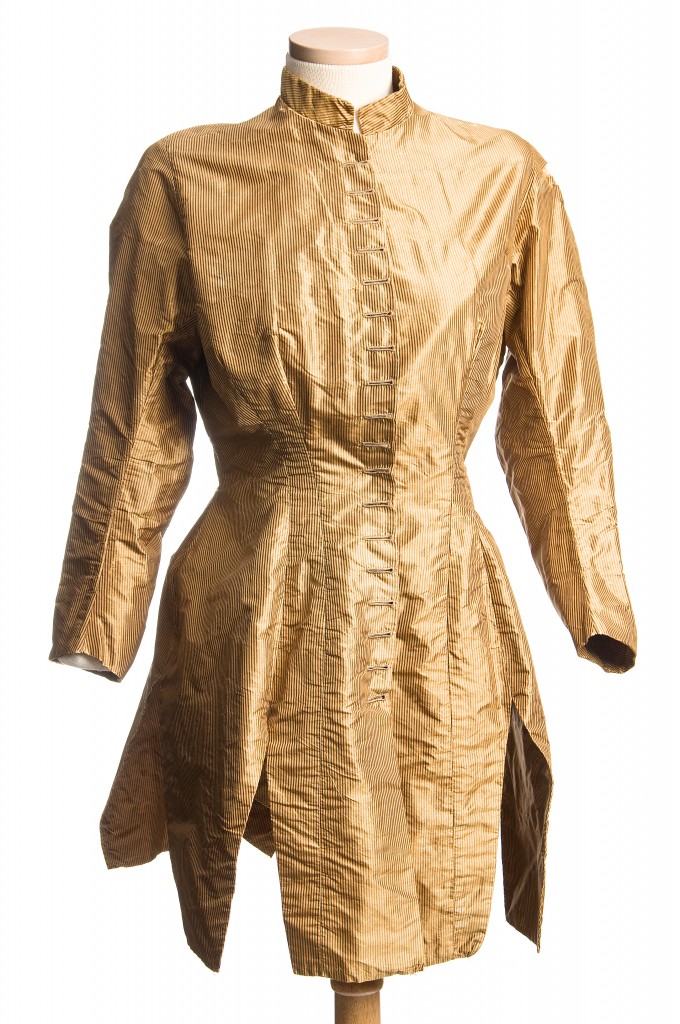
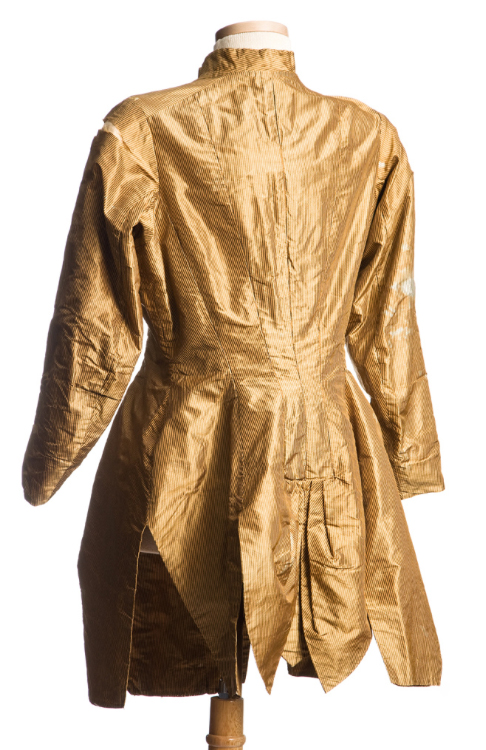
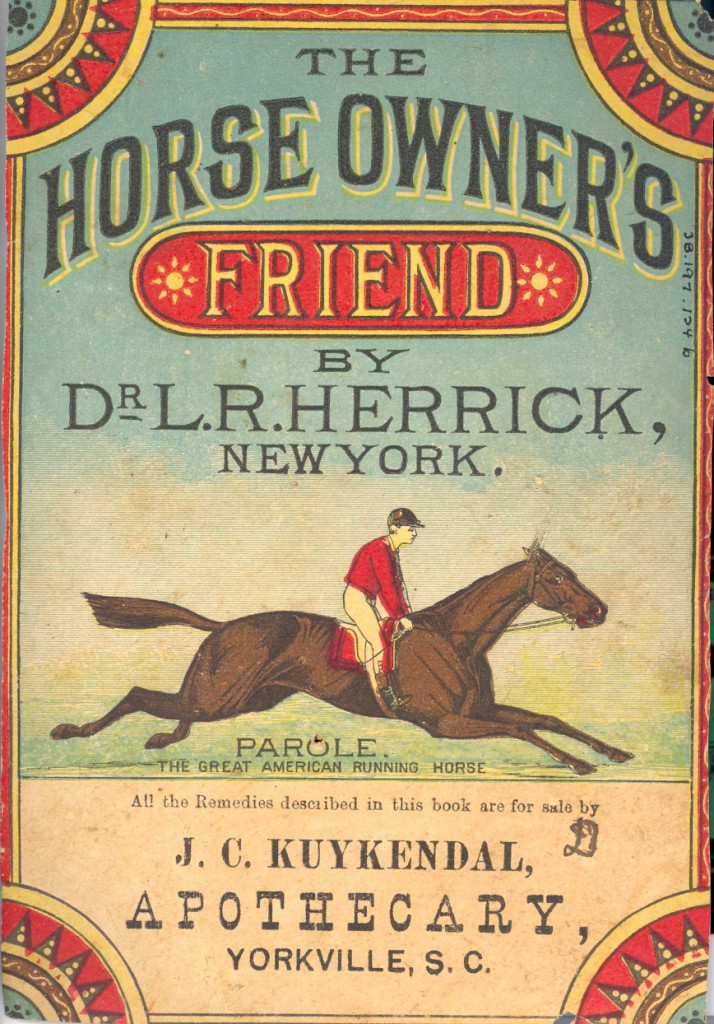
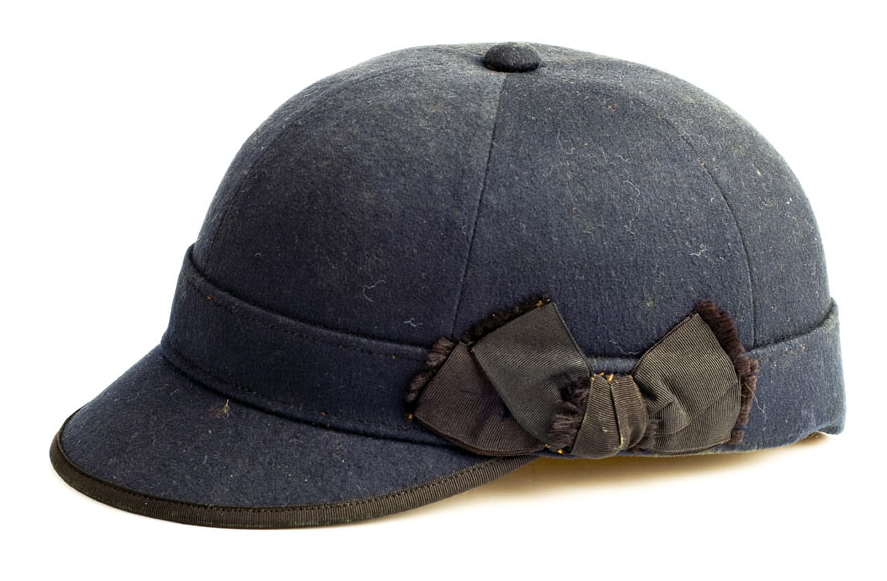
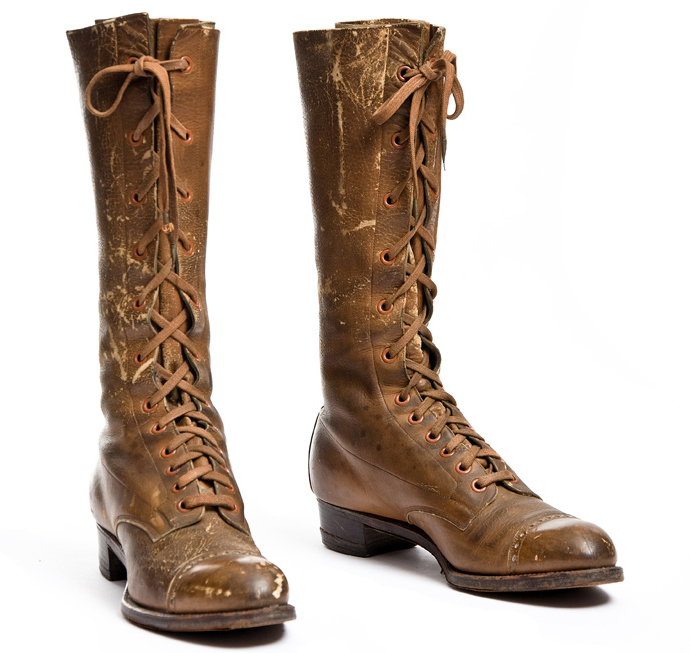
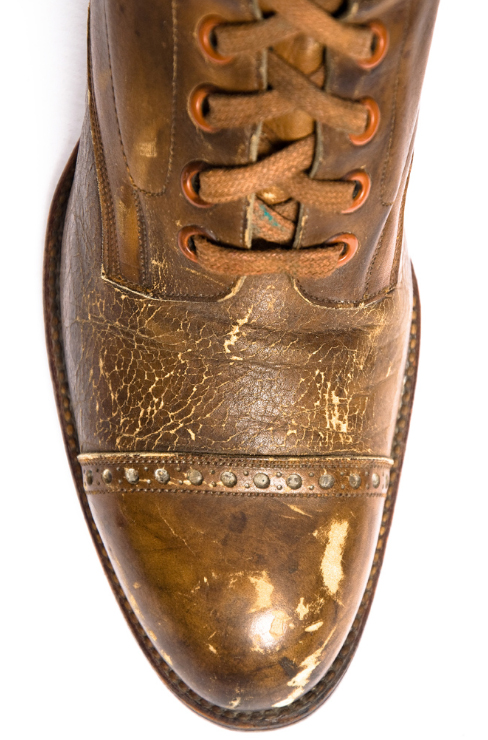
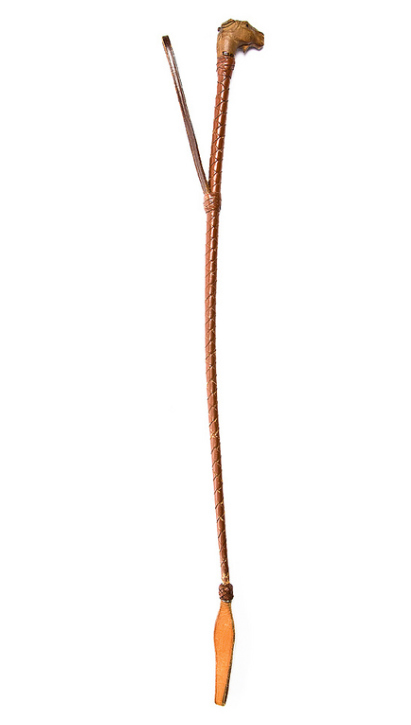
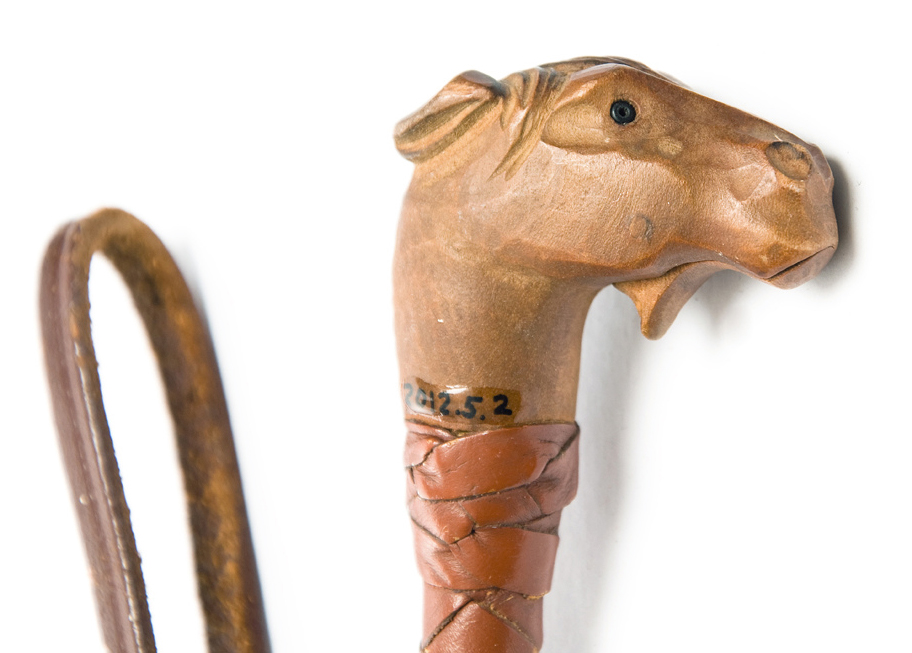
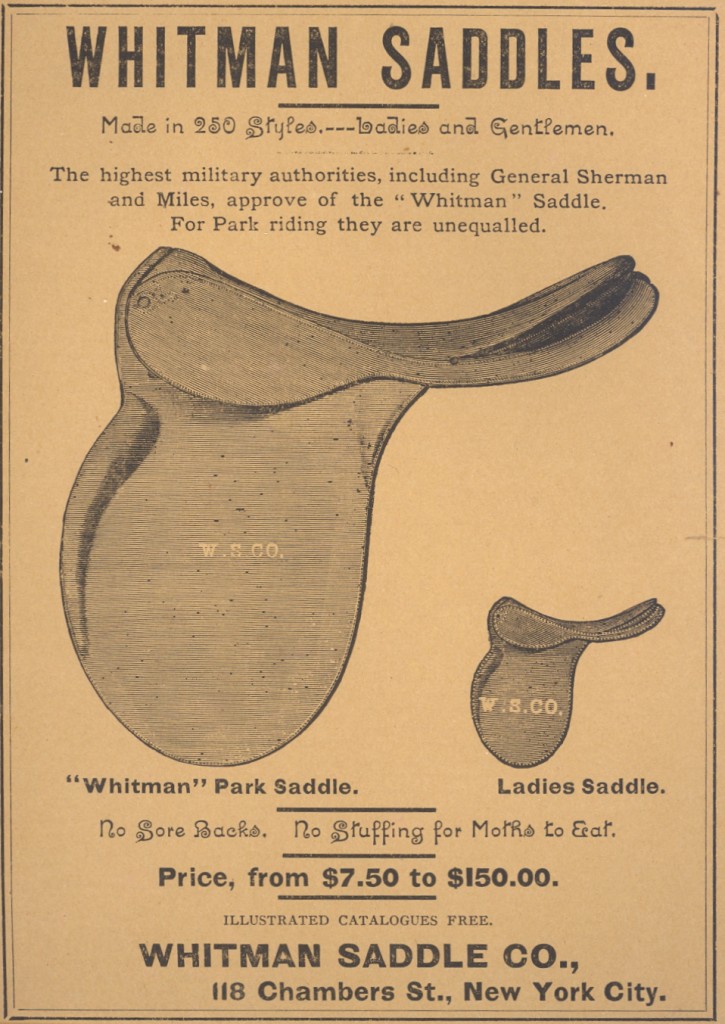
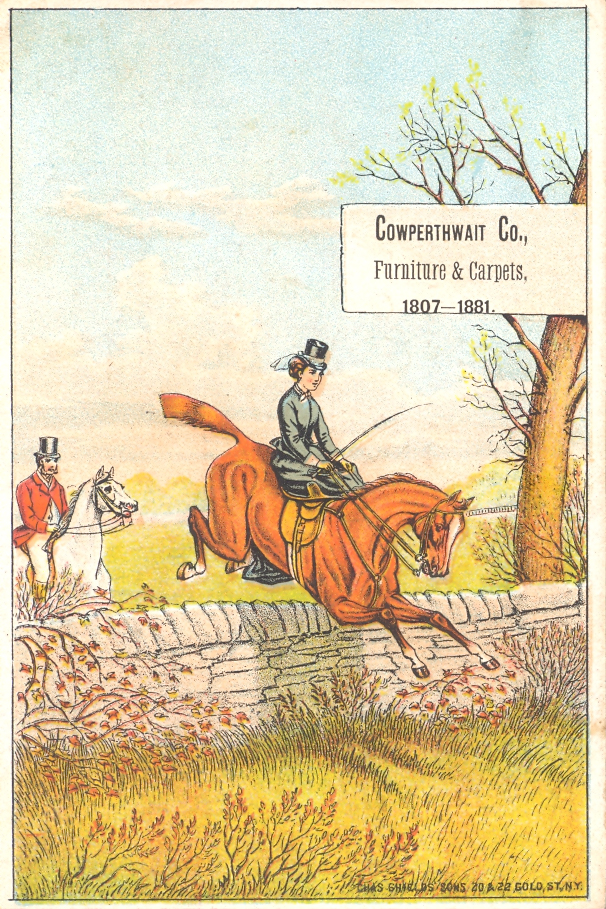
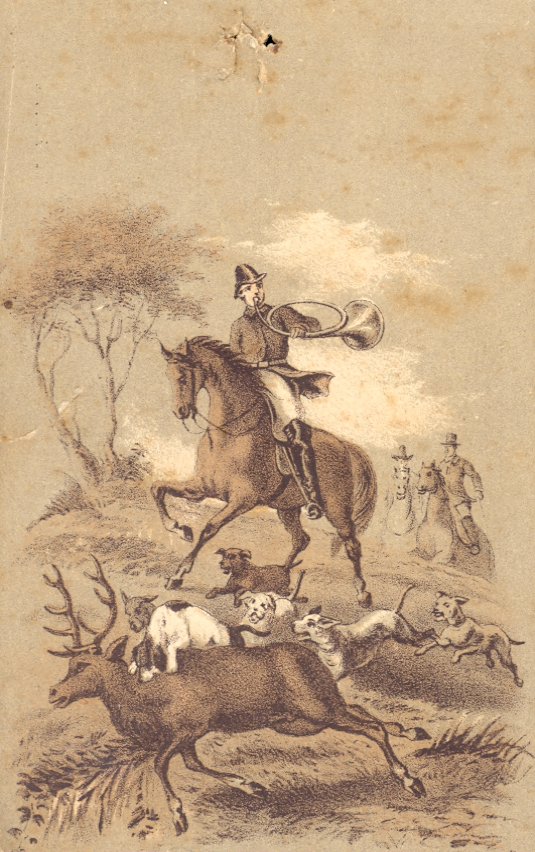
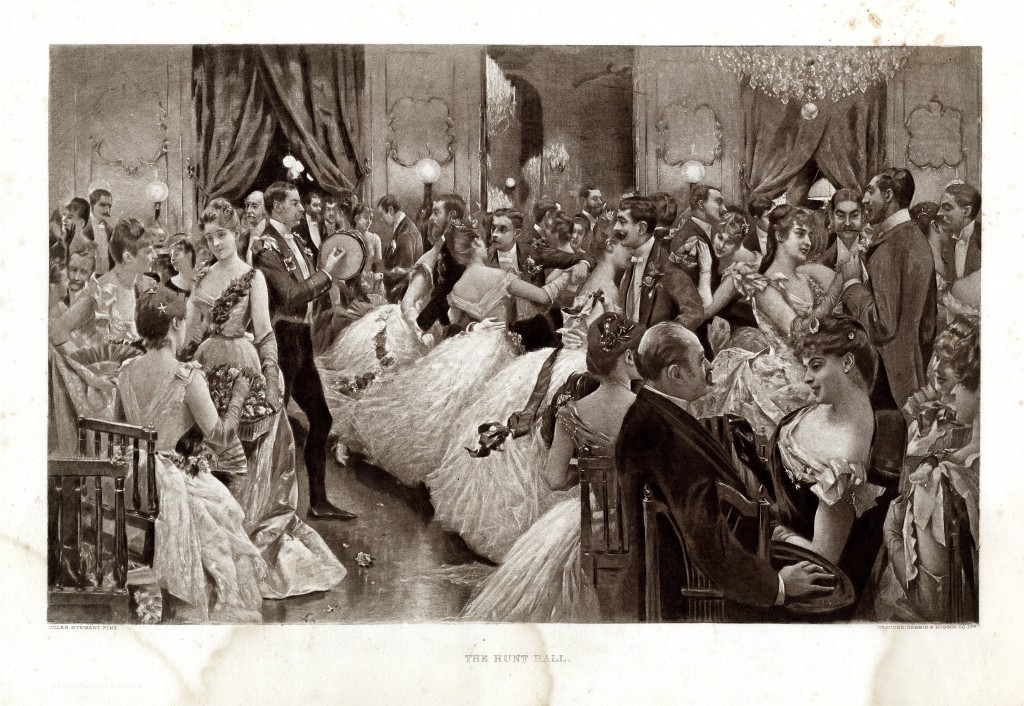
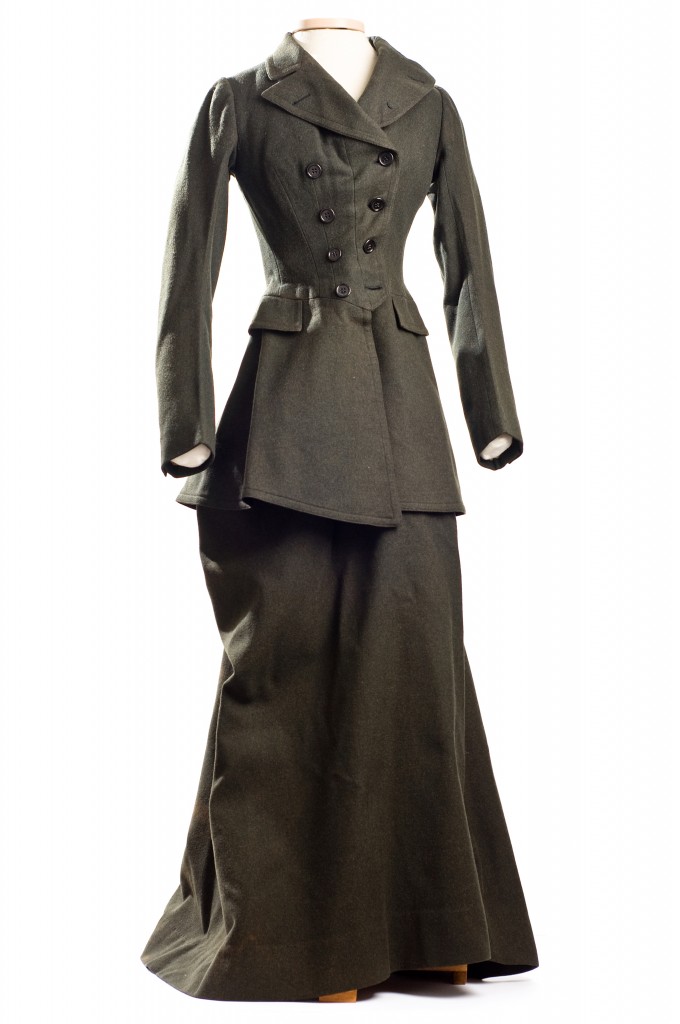
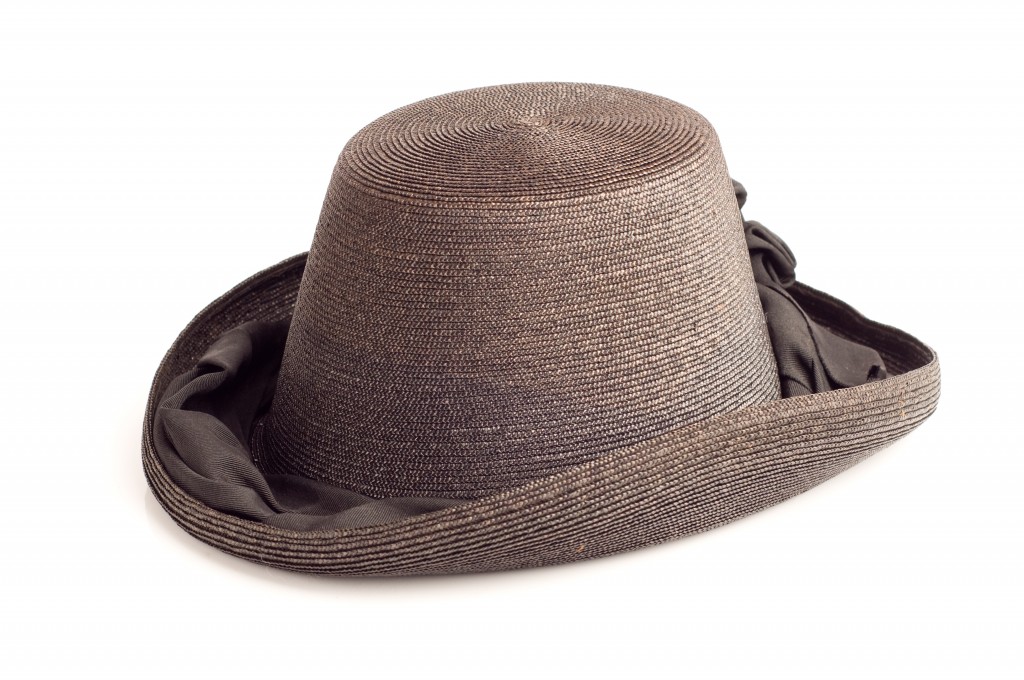
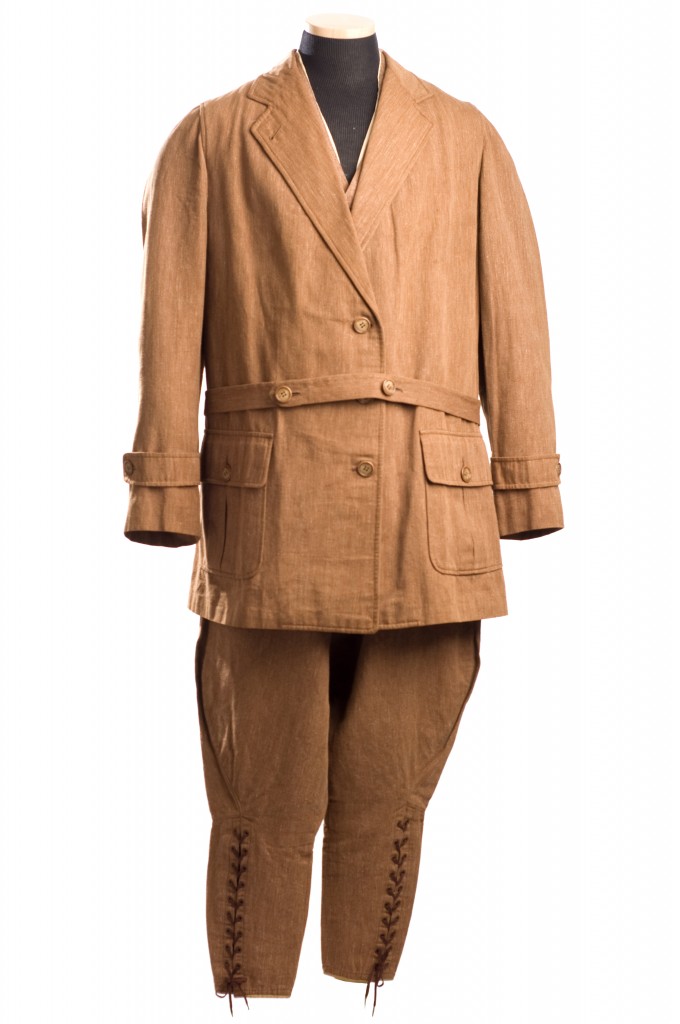
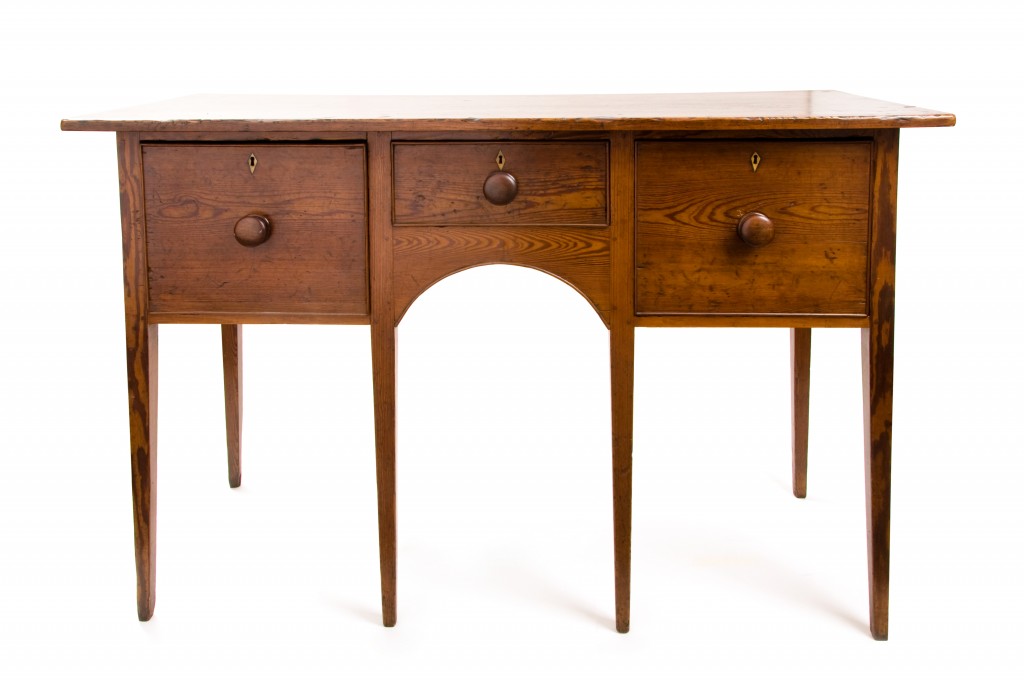

I recently discovered a pair of the Abercrombie and Fitch 1930’s Riding Boots that were featured and discussed in this article. Would they be of interest to your readers? Not sure what the market looks like for something so rare.
Thank you
Kristin